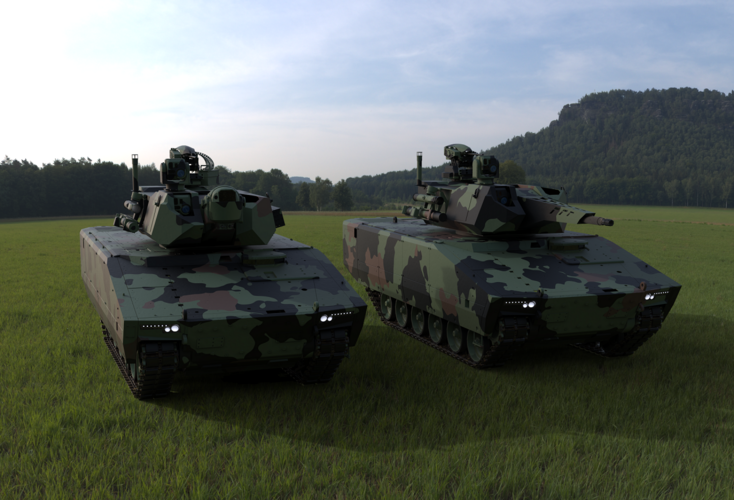I suppose the 9-man squad requirement is just as "optional" as it is optionally-manned?
The requirements will be set later this year or early next. The desire to carry a full squad is still widespread, but it means buying a very large vehicle (even by armored vehicle standards).
I'm sorry if this appears to be off topic, but I find it interesting that armies (the U.S. Army apparently no exception) are come back to the realisation of the APC/IFV/ICV needing to carry a full size Squad/Section, what with the refocusing of conventional warfighting vs the past twenty arduous years of irregular warfighting. The truth is, I fully support the notion of the full size Squad/Section returning, but at what physical and economic cost is this going to be derived? Hell most modern APC/IFV/ICV's no longer fit in the likes of the C-130 Hercules, not just because of their dimensions, but their weight.
I can't but help fear that the 'be all' obsession of irregular warfighting has somewhat derailed overall APC/IFV/ICV design, with the need to counter IED's and the likes, not to mention urban warfare.
I can't help notice Western APC/IFV/ICV getting larger, heavier, more sophisticated and hence more costly. I really thought with automation that the likes of turrets would get smaller in both size and profile and yet the complete opposite appear to be happening. The cost of these ever increasing sized turrets (and their turret rings/baskets) are obviously eating into the volumed space and principle role of the APC/IFV/ICV - the troop compartment.
I also can't but wonder how this proliferation of 'sensors' on these new APC/IFV/ICV are supposed to survive the modern conventional battlefield? I mean it's one thing to fight insurgent's with their couple of 82mm mortars, 107mm rocket launchers.....,but realistically, the West hasn't been on the recieving end of artillery bombardment/air strikes on a peer level since what - 1945? I wonder how these sensor (and the reliance on them) will hold up in a peer on peer battle we seem to be heading towards
Also, finally, it appears that the U.S. is back to 1960's of somewhat being back in the wilderness when it comes to indigenous IFV/ICV development, what with it looking at and relying on foreign designs to fix it's own short coming ability to design, develope and field a workable and functional IFV/ICV....
Regards
Pioneer






















